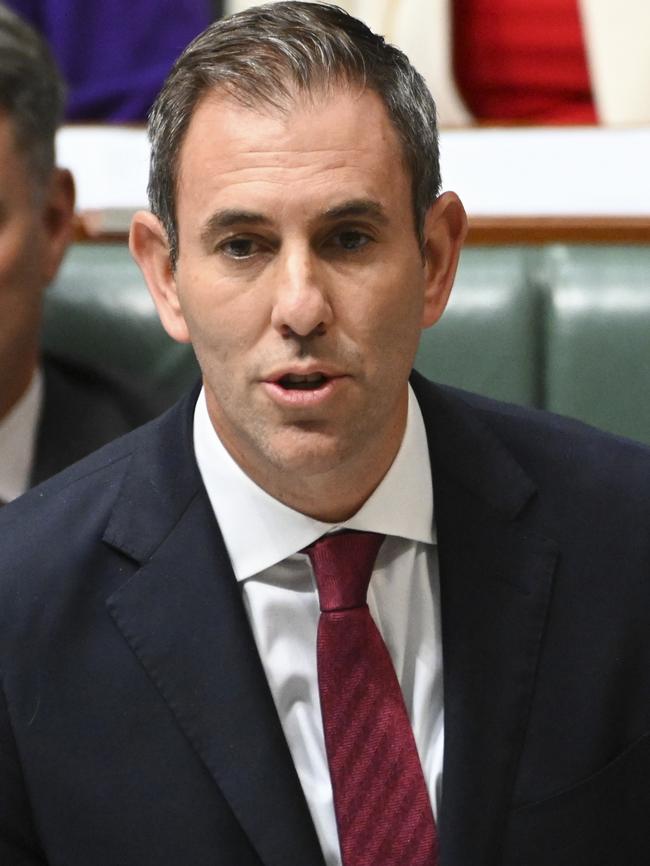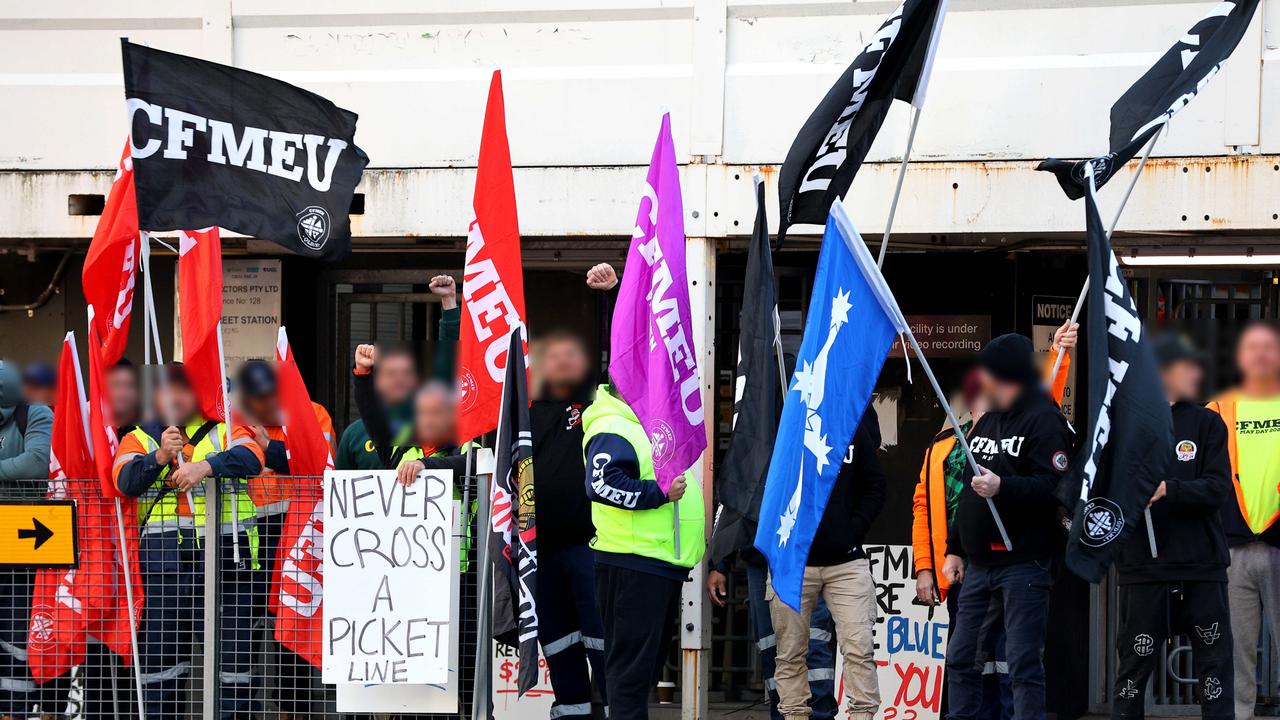
Peter King’s Westpac has become the second major lender defy choppy global markets, and this time it has stepped right into one of the main theatres of the banking crisis: Europe.
Westpac raised just over $2bn in Euro-denominated two year bonds and follows ANZ just days ago tapping Australian and Asian investors for a monster $4.25bn across two bond issues earlier this week.
The Westpac deal was through a covered bond which is a more defensive product that offers investors direct security and therefore gives them a AAA-rating. It was well-supported among big name investors in Europe and pricing was only marginally more expensive than similar deals before March. It shows global money markets are quickly thawing from an effective freeze in recent weeks on the back of two major global bank shocks/
The bond issue was opportunistic as it comes as Westpac and others including ANZ are about to sign off on their first half accounts tomorrow and will move into an investor blackout period. Even so the debt deal positions Westpac as much as 70 per cent of its way through the as much as $35bn fund raising task this year. ANZ is also in similar territory for its own funding needs.

The lead from the Australian banks send a message to the rest of the world that the containment measures around US and European banking stresses are holding for now and markets are open for business for quality names.
“Team Australia” has also been working off the same page, with Treasurer Jim Chalmers on Thursday calling a special meeting of the Council of Financial Regulators, the powerful body made up of the Reserve Bank, bank regulator APRA, corporate cop ASIC and Treasury. The Treasurer sat in on the hour-long meeting and those there say it was more of a chance for Chalmers to check-in with the regulators in terms of what they are seeing for any stresses around banks and their customer base. Each regulator reported smooth functioning with little sign of anxiety around contagion risk or rising bad debts while pointing out the differences in the Australian regulatory regime where the cracks emerged for the collapsed US lender Silicon Valley Bank.
While Australian banks are removed from the stresses in Europe and US banks, they still rely on global funding to help fill the gap in the shortfall on deposits. While deposit funding is now at much higher than levels through the global financial crisis, the big four banks still need global money markets to fund between 30 per cent to 35 per cent of their lending book. And any signs of a squeeze here could quickly push up funding costs and this will eventually make its way back to borrowers. Its not all in the clear yet for the global banking system with the US regional banking market still under stress and some big investors this could play out over months.

Following Thursday’s Council of Financial Regulators meeting Chalmers said Australian banks are well capitalised, are closely regulated and “well placed to deal with the uncertainty”.
It’s been a consistent message from ‘Team Australia’ through the week with APRA chair John Lonsdale earlier this week saying banks here are among the best equipped in the world to handle a crisis. However the events of recent weeks set out a timely reminder of just how interconnected the banking system is, he added.
Ratings agency helped momentum when it reaffirmed the “AA” ratings of each of Australia’s big four banks, citing strong balance sheets, solid profits and sound funding profile. Just a few dozen banks in the world carry the AA rating.
Moody’s said the banks can withstand any slowing of the economy from higher interest rates with the quality of their respective lending books “very strong”.
AI go slow
The call from some US technology leaders, including Elon Musk, for a pause in the development of new artificial intelligence tools, sets up a monumental clash between the tech establishment and start-ups now pushing research frontiers.
The non-profit Future For Life Institute, which counts Musk as an external adviser, has urged all labs developing AI to pause their activity for six months fearful of an “out-of-control race to develop and deploy ever more powerful digital minds that no one – not even their creators – can understand, predict, or reliably control”.

The open letter signed by Musk and Apple co-founder Steve Wozniak and Stability AI CEO Emad Mostaque as well as more than 1300 tech leaders and researchers, says a pause would give the industry time to establish safety standards for the most powerful AI designs. The letter has backing from several Australian tech academics and engineers.
They warn that developing AI systems more powerful than OpenAI’s next generation GPT platform risks pushing society beyond a point of no return and potential danger when it comes to machine learning. Microsoft is a key backer of OpenAI and is incorporating the GPT into its Bing search engine. Players like Musk in their own way have been major drivers of AI, with Musk’s Tesla having autopilot features and close to developing full self-driving systems.

No matter how cutting edge the technology is it often finds itself clashing with real world regulations. A voluntary code of conduct is a positive step but from social media to tech companies building out monopoly positions the best defence for consumers and business has been regulators willing to step in an act.
Australian executives have been watching the evolution of ChatGPT since its initial public release late last year. Many see the potential for it to speed up “process” work as well as some limited forms of customer service. Still, this is all some way off most prepared to sit out to watch the technology evolve.
ASX returns
Despite a wild ride on equities markets in recent weeks, Australian focused fund managers are set to rule off the March quarter well ahead, putting financial year returns on track for the annual best performance since the Covid-19 rally.
With signs of an easing pace of interest rate rises in the US and indeed Australia, this has opened the door slightly to move back into equities.
As of Thursday’s close the benchmark S&P/ASX200 was up 2.54 per cent for the quarter to date.
That follows an 8.7 per cent jump in the December quarter, offsetting a 1.4 per cent fall during the September quarter. March quarterly gains in the ASX compares to the negative performance in the Dow Jones Industrial Average which is down 1.3 per cent for the quarter-to-date.
Shares were shaken last financial year as expectations for interest rates were moving ever higher while inflation was raging. The ASX 200 ended down 9.9 per cent during the 2022 financial year, with the weight of the losses dragging down returns across many fund managers. The latest March quarterly returns have been dominated by some interest rate sensitive stocks from consumer discretionary, technology and industrials. Losses have been around energy, banks and retail estate investment trusts.
Commonwealth Bank has become the latest tipping that the Reserve Bank will pause its interest rate hikes in April, arguing the economy is now showing sufficient signs of slowing. However it's a close call CBA puts a 55 per cent chance to no change.
Arter signs off
Former Goldman Sachs and JB Were banker Justin Arter has flagged his intention to retire as chief executive of $74bn industry fund Cbus Super. It was a short tenure with Arter only appointed to the big four super fund in the midst of the Covid pandemic in July 2020. Arter was drafted in by former Cbus chair and one-time Victorian Premier Steve Bracks, who has since retired from the fund with another former Labor stalwart Wayne Swan taking charge as chair.

Arter was drafted in at a time to oversee fund mergers, although the pressure from regulator APRA for smaller funds to combine with mega-funds has since eased off. As CEO Arter oversaw two major deals for Cbus: the merger of Media Super and more recently the emergency services based EISS Super. Combined these have added nearly $20bn to Cbus’ funds and boosted membership to more than 850,000. Cbus is expected to now move to an organic growth strategy for growth.
Cbus posted a negative return last year, its fourth in nearly four decade history with growth option down 3.8 per cent on the market disruption.
Through his career Arter was the Australian country head for infrastructure giant BlackRock during its early days here and he moved onto the radar of Victorian Labor through leading the state-backed Victorian Funds Management Corporation. Arter will formally step down in May, with chief Investment officer Kristian Fok to be named as interim chief executive while the Cbus board undertakes a search.



